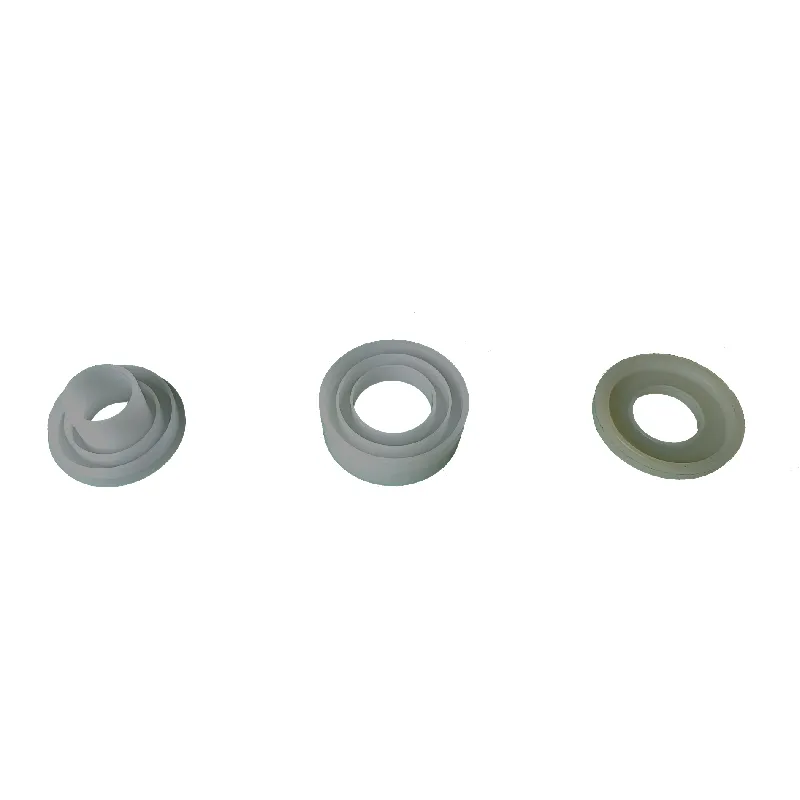 Afrikaans
Afrikaans  Albanian
Albanian  Amharic
Amharic  Arabic
Arabic  Armenian
Armenian  Azerbaijani
Azerbaijani  Basque
Basque  Belarusian
Belarusian  Bengali
Bengali  Bosnian
Bosnian  Bulgarian
Bulgarian  Catalan
Catalan  Cebuano
Cebuano  Corsican
Corsican  Croatian
Croatian  Czech
Czech  Danish
Danish  Dutch
Dutch  English
English  Esperanto
Esperanto  Estonian
Estonian  Finnish
Finnish  French
French  Frisian
Frisian  Galician
Galician  Georgian
Georgian  German
German  Greek
Greek  Gujarati
Gujarati  Haitian Creole
Haitian Creole  hausa
hausa  hawaiian
hawaiian  Hebrew
Hebrew  Hindi
Hindi  Miao
Miao  Hungarian
Hungarian  Icelandic
Icelandic  igbo
igbo  Indonesian
Indonesian  irish
irish  Italian
Italian  Japanese
Japanese  Javanese
Javanese  Kannada
Kannada  kazakh
kazakh  Khmer
Khmer  Rwandese
Rwandese  Korean
Korean  Kurdish
Kurdish  Kyrgyz
Kyrgyz  Lao
Lao  Latin
Latin  Latvian
Latvian  Lithuanian
Lithuanian  Luxembourgish
Luxembourgish  Macedonian
Macedonian  Malgashi
Malgashi  Malay
Malay  Malayalam
Malayalam  Maltese
Maltese  Maori
Maori  Marathi
Marathi  Mongolian
Mongolian  Myanmar
Myanmar  Nepali
Nepali  Norwegian
Norwegian  Norwegian
Norwegian  Occitan
Occitan  Pashto
Pashto  Persian
Persian  Polish
Polish  Portuguese
Portuguese  Punjabi
Punjabi  Romanian
Romanian  Russian
Russian  Samoan
Samoan  Scottish Gaelic
Scottish Gaelic  Serbian
Serbian  Sesotho
Sesotho  Shona
Shona  Sindhi
Sindhi  Sinhala
Sinhala  Slovak
Slovak  Slovenian
Slovenian  Somali
Somali  Spanish
Spanish  Sundanese
Sundanese  Swahili
Swahili  Swedish
Swedish  Tagalog
Tagalog  Tajik
Tajik  Tamil
Tamil  Tatar
Tatar  Telugu
Telugu  Thai
Thai  Turkish
Turkish  Turkmen
Turkmen  Ukrainian
Ukrainian  Urdu
Urdu  Uighur
Uighur  Uzbek
Uzbek  Vietnamese
Vietnamese  Welsh
Welsh  Bantu
Bantu  Yiddish
Yiddish  Yoruba
Yoruba  Zulu
Zulu rubber lagging roller
Understanding Rubber Lagging Rollers Enhancing Performance and Durability
Rubber lagging rollers play a crucial role in various industrial applications, particularly in conveyor systems. They serve as a protective and functional layer on the surface of the rollers that help in increasing the traction and reducing wear and tear. In this article, we will explore the significance of rubber lagging rollers, their benefits, applications, and considerations for their implementation.
What is Rubber Lagging?
Rubber lagging refers to the process of applying a rubber coating to the surface of rollers, which are vital components in conveyor systems. This coating enhances the performance of the roller by providing better grip, protection against environmental factors, and minimizing material slippage during transportation. Rubber lagging can be custom-manufactured to meet specific requirements such as thickness, texture, and hardness based on the intended application.
Benefits of Rubber Lagging Rollers
1. Enhanced Traction One of the primary benefits of rubber lagging is its ability to increase traction between the conveyor belt and the roller. This is vital in preventing slippage, which can lead to material loss and reduced efficiency.
2. Reduced Wear and Tear Rubber lagging acts as a protective barrier against abrasive materials and environmental conditions. By mitigating direct contact between the roller and the conveyed materials, it significantly reduces wear and prolongs the lifespan of both the roller and the conveyor system.
3. Noise Reduction Rubber is an excellent noise-dampening material. Lagging rollers help to minimize operational noise, creating a quieter working environment. This is particularly beneficial in settings where noise regulations are in place.
4. Corrosion Resistance In industries where moisture, chemicals, and temperature fluctuations are prevalent, rubber lagging provides an additional shield against corrosion. This resistance enhances the roller's durability and reduces maintenance costs.
5. Improved Material Handling Rubber lagging is often designed with specific surface patterns to enhance material handling capabilities. Whether it’s increasing surface friction or accommodating different material types, customized lagging can be tailored to meet operational needs.
6. Easy Installation and Maintenance Rubber lagging can be relatively easy to install as it can often be done on-site, minimizing downtime during installation. Maintenance is also straightforward, as worn-out lagging can be replaced without needing to remove the entire roller.
rubber lagging roller

Applications of Rubber Lagging Rollers
Rubber lagging rollers can be found across a variety of industries, including
- Mining and Quarrying In these industries, conveyor systems handle heavy and abrasive materials. Rubber lagging rollers help in minimizing wear and ensuring that materials are transported efficiently.
- Agriculture Many agricultural applications also use conveyor systems to transport products such as grains, fertilizers, and equipment. Rubber lagging enhances efficiency and reduces product loss.
- Food Processing In food processing environments, hygiene and efficiency are critical. Rubber lagging rollers can be used in conveyor systems to transport food products while providing an anti-slip surface.
- Logistics and Warehousing Automated conveyor systems in logistics heavily depend on rubber lagging rollers for smooth material handling. Their durability and traction properties are vital for operational efficiency.
- Cement and Concrete The cement industry handles abrasive and heavy materials, making rubber lagging an essential component for conveyor systems in this sector.
Considerations for Implementing Rubber Lagging
When considering rubber lagging for roller applications, it’s essential to take into account the specific operational environment, the type of materials being conveyed, and the wear factors affecting the rollers. Selecting the appropriate rubber formulation, hardness, and surface texture will ensure optimal performance. Additionally, regular inspections and maintenance will help in identifying wear and planning timely replacements, ultimately extending the lifespan of the roller system.
Conclusion
Rubber lagging rollers are indispensable components in many industrial applications, providing enhanced traction, durability, and efficiency in material handling systems. By investing in high-quality rubber lagging, businesses can improve their operational performance while reducing maintenance and replacement costs. As industries continue to evolve, the significance of rubber lagging in optimizing conveyor systems cannot be overstated.
-
Revolutionizing Conveyor Reliability with Advanced Rubber Lagging PulleysNewsJul.22,2025
-
Powering Precision and Durability with Expert Manufacturers of Conveyor ComponentsNewsJul.22,2025
-
Optimizing Conveyor Systems with Advanced Conveyor AccessoriesNewsJul.22,2025
-
Maximize Conveyor Efficiency with Quality Conveyor Idler PulleysNewsJul.22,2025
-
Future-Proof Your Conveyor System with High-Performance Polyurethane RollerNewsJul.22,2025
-
Driving Efficiency Forward with Quality Idlers and RollersNewsJul.22,2025





























